Reimagining Stadium Design with Nature-Inspired Geometry
The Kosovo National FIFA Stadium
A Dynamic Fusion of Sports and Organic Architecture
The design of the Kosovo National FIFA Stadium in Drenas breaks away from traditional, rigid spatial concepts, instead embracing the fluidity of the natural world through the use of L-system geometry. By applying a parallel rewriting system that expands symbols into larger, dynamic forms, the stadium's design reflects organic patterns found in nature. This approach allows for a space that adapts to purpose and activity, creating a unique environment where architecture and natural principles converge to redefine how we experience sports and communal gathering.
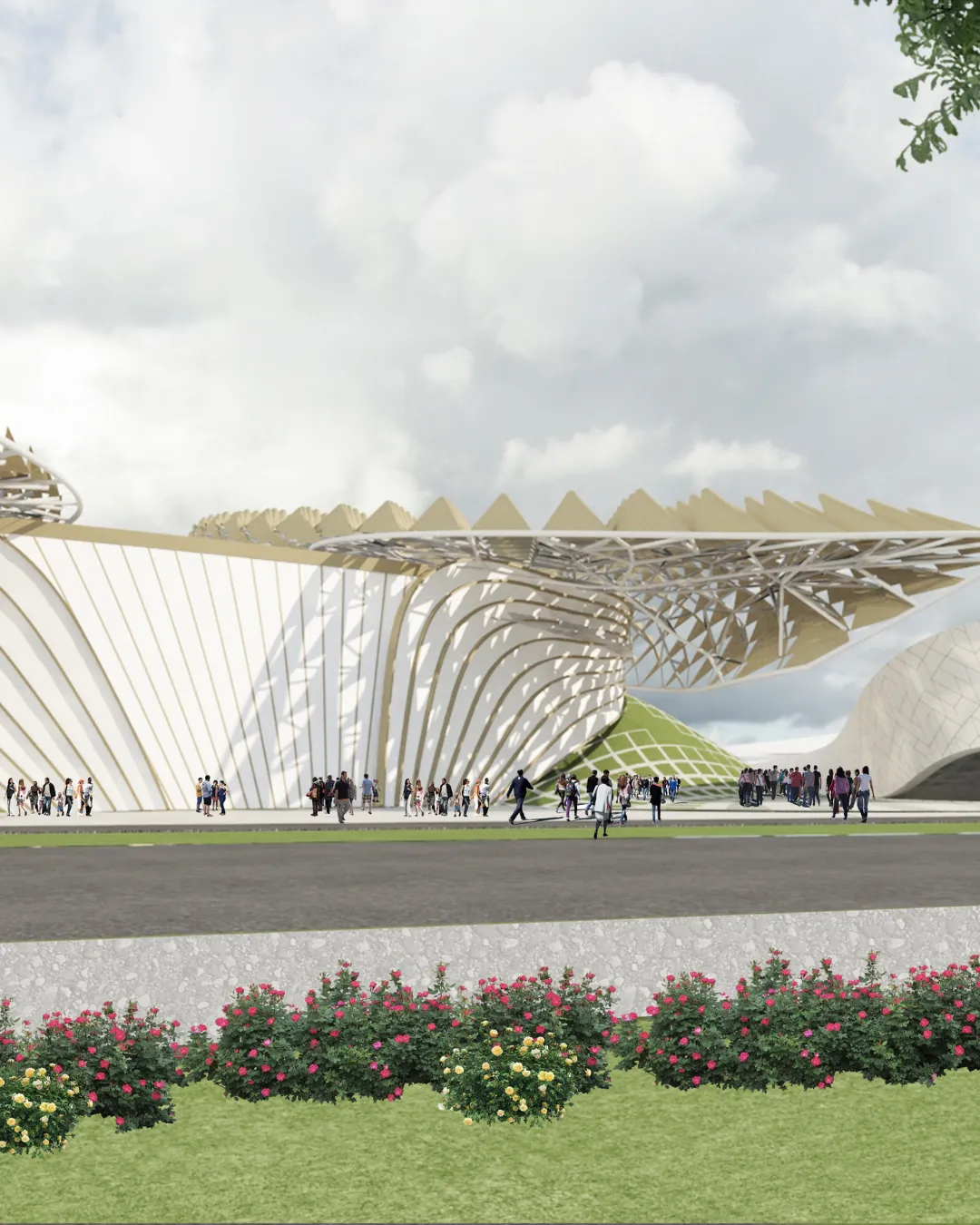
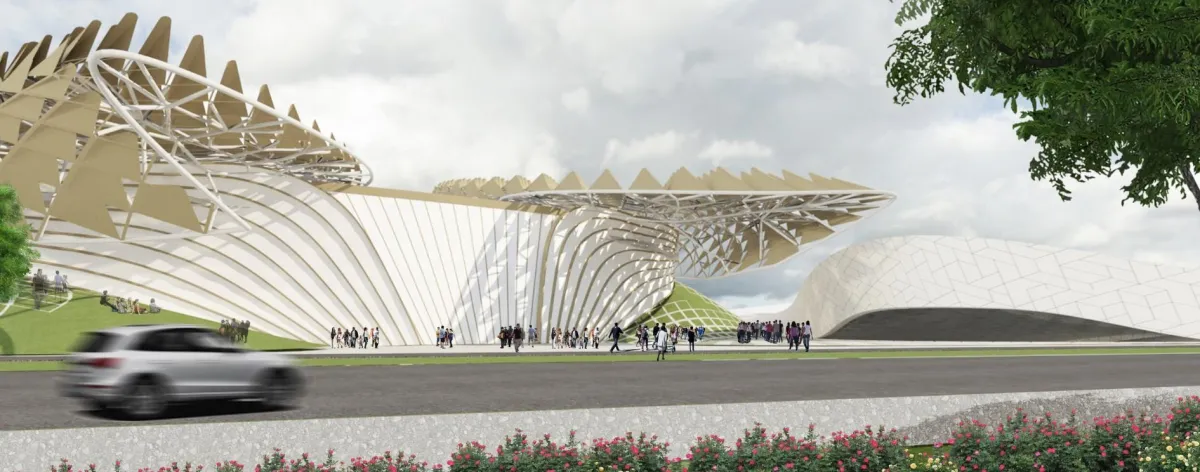
Kosovo National FIFA Stadium
Location: Drenas, Kosovo
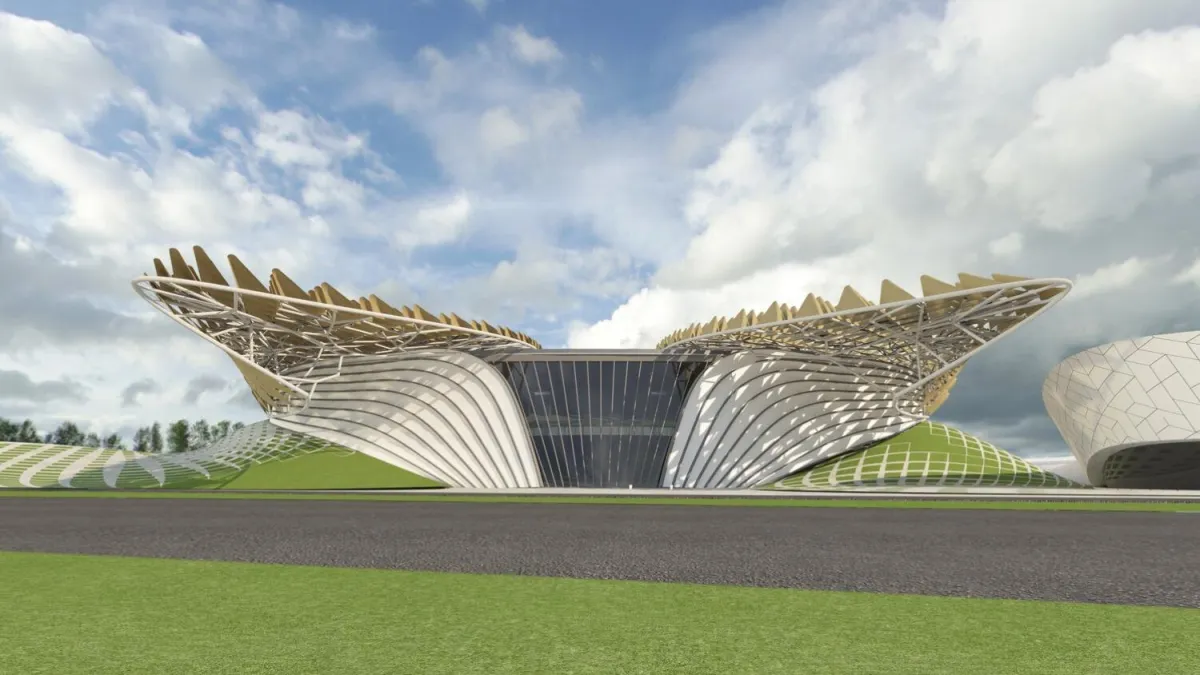
Kosovo National FIFA Stadium
An L-system or Lindenmayer system is a parallel rewriting system and a type of formal grammar. An L-system consists of an alphabet of symbols that can be used to make strings, a collection of production rules that expand each symbol into some larger string of symbols, an initial “axiom” string from which to begin construction, and a mechanism for translating the generated strings into geometric structures.
The field describes a space that is not defined by fixed points or measurements but conditions purpose and activity. Throughout history in art, architecture, science and technology perceptions of space were based on mathematical concepts that do not reflect patterns derived from the natural world. The natural world has always produced fluid and organic spatial matrices.
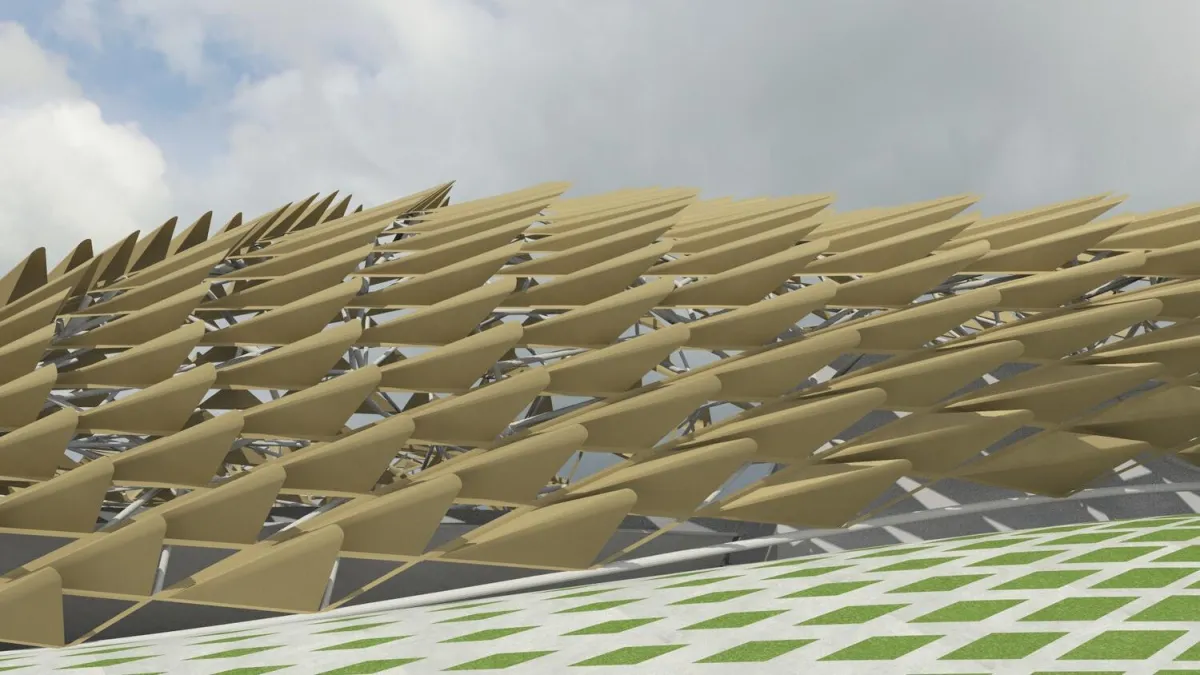
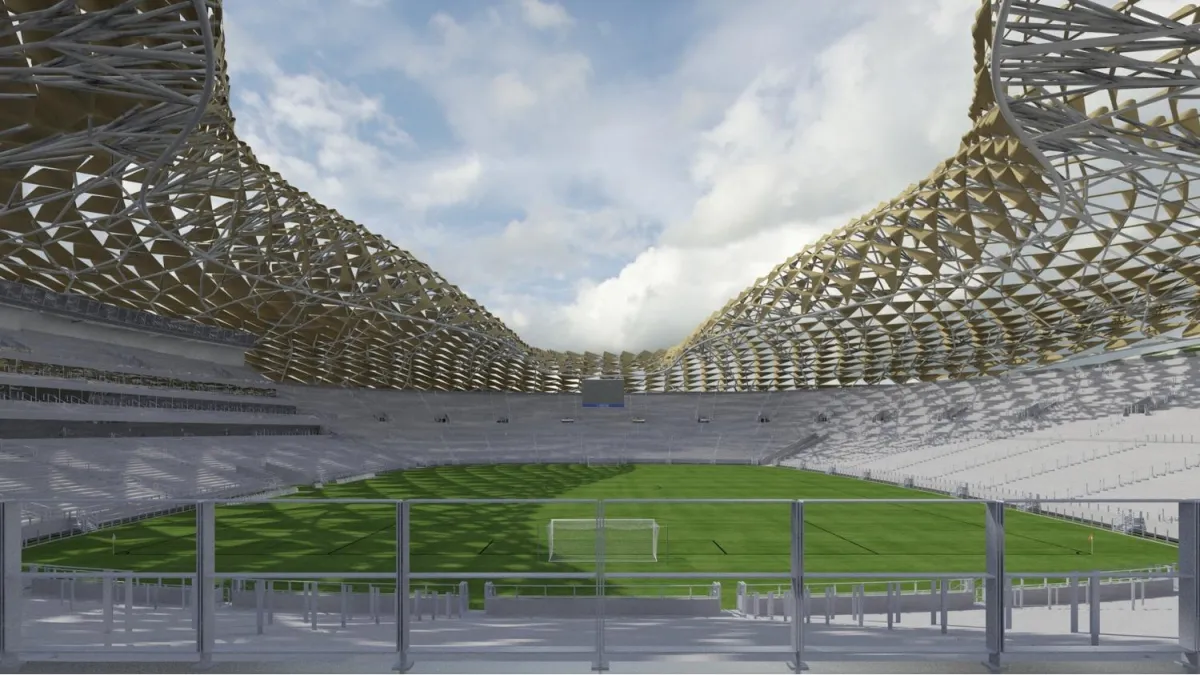
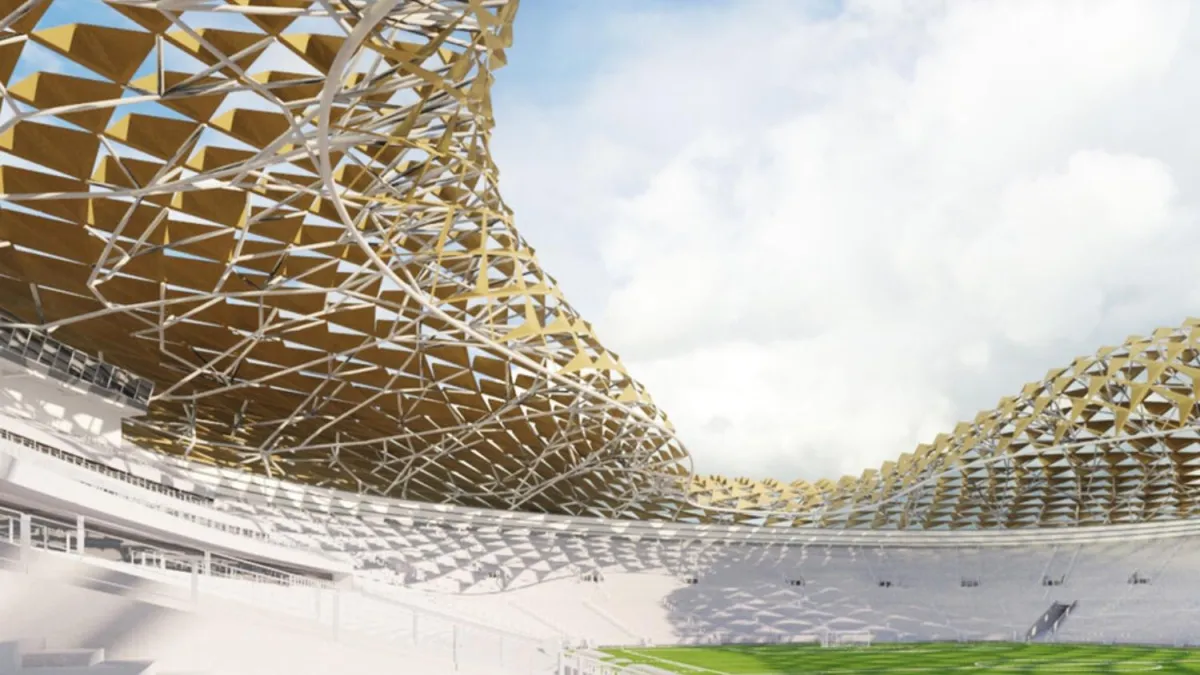

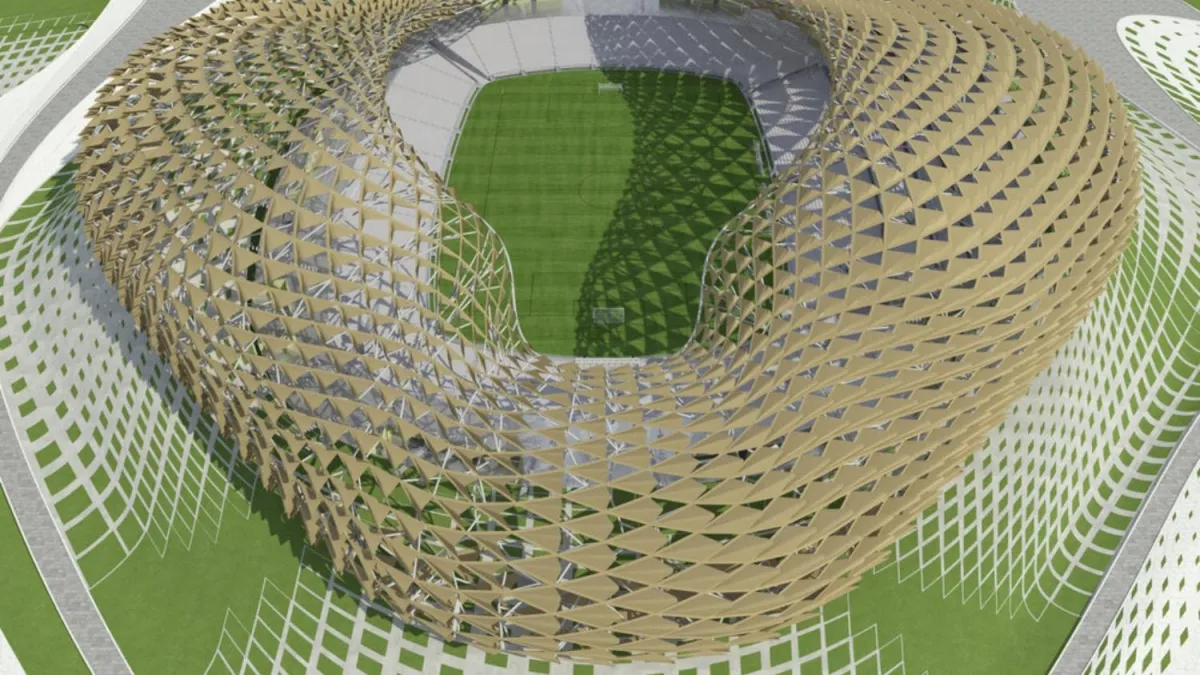
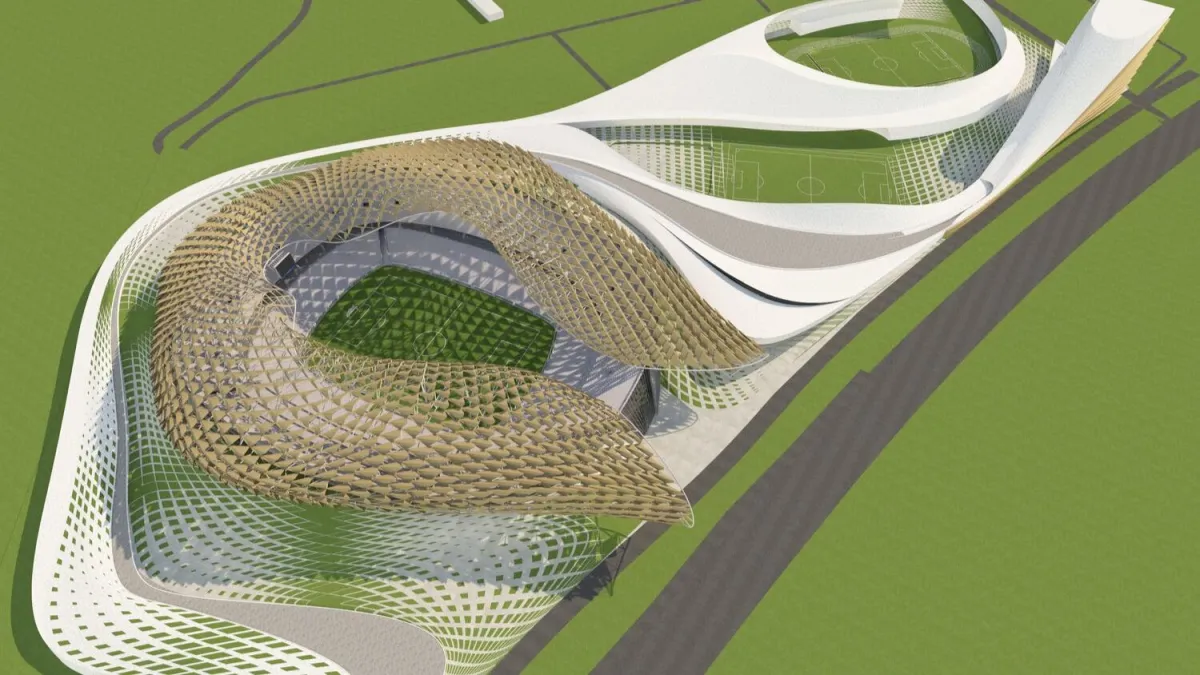
Stay Informed, Stay Ahead in
Sustainable Design
Subscribe to our Weekly Newsletter
The Net Zero Carbon Strategist
Join a growing community of industry leaders and innovators who are transforming the world of architecture and urban design.
The Net Zero Carbon Strategist delivers the latest insights on cutting-edge sustainable technologies, Net-Zero and Carbon-Negative solutions, and actionable strategies to help you stay ahead of evolving environmental standards.
Don’t miss out—subscribe today to receive valuable content that will elevate your projects and keep you at the forefront of sustainable design.

